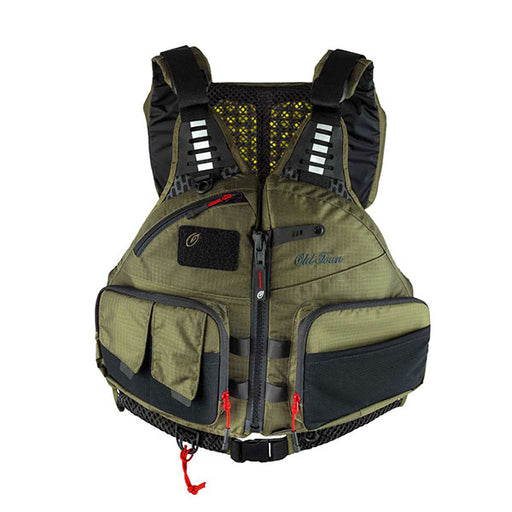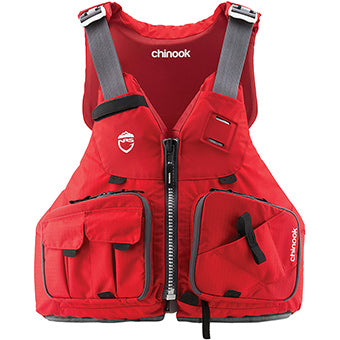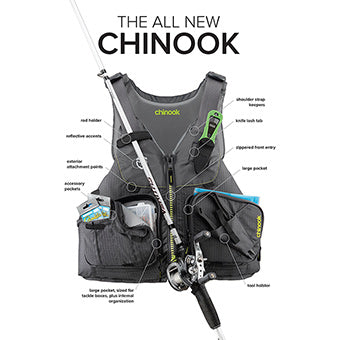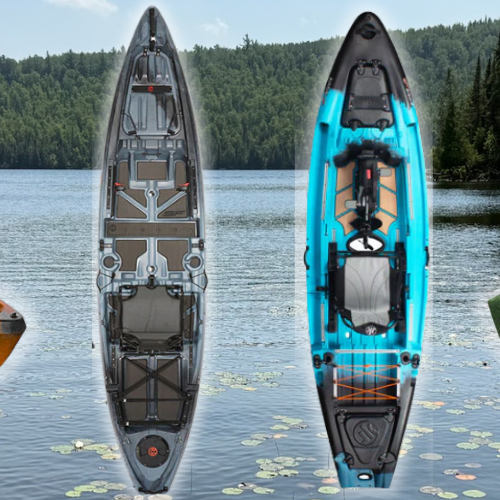Kayak Fishing Accessories & Tips to Keep You Safe
In 2023, the U.S. Coast Guard was proud to report the biggest year-over-year drop in boating fatalities in more than a decade in all categories but one – paddling. Paddling fatalities increased in 2023 to nearly one in three (32.5 percent) recreational boating deaths in the United States, up from 27.4 percent in 2022. While statistics for 2024 have yet to come, it now feels like each week we see another story of a kayaking or personal watercraft fatality and another family left wondering how the loss of a loved one could have been prevented.
While many of our blogs are aimed at highlighting kayak fishing products, offering tips and guides, we cannot stress enough that the products included in this blog are affordable ways to keep you safer on the water.
It is easy to get excited when looking at kayak accessories. Whether that be the flashy stuff like motors, crates, anchors, camera equipment or fish finders – safety equipment is often the most overlooked. However, a forward-facing sonar isn't going to make you more visible to a speedboat and your bow mount motor isn't going to retrieve you from the water when the worst-case scenario happens.
Before you use your entire budget on the flashy kayak fishing accessories, PLEASE read our safety tips and consider the following tips and accessories (whether purchased through us or not) as requirements each and every time you are on the water.
Kayak Fishing & Paddling Safety Tips:
- Wear a Personal Flotation Device (PFD)
- Check the Weather and Water Conditions
- Bring the Right Gear - Be visible!
- Know Your Limits and Skill Level
- Inform Someone of Your Plans
- Practice Re-Entry Techniques
- Stay Hydrated and Protect Yourself from the Sun
- Know When to Call It a Day
1. Wear a Personal Flotation Device (PFD)
Talk to any paddler, whether they are recreational or anglers, and they’ll all tell you one accessory you cannot go on the water without is your lifejacket (PFD). No matter the level of experience you have or the water you are on, you can never be certain you won’t capsize or sustain an injury that incapacitates you. A PFD is a must have for all paddlers. The best PFD on the market is the one that you will wear!
On a recent float trip of my own, I made a friend put their PFD on vs. leaving it draped over their kayak chair. It wasn't more than 20 minutes into our float that they hit a snag while standing and lost their balance and went overboard. We were able to laugh about it in the moment, but had they been solo and hit their head on their fall or the snag that knocked them over, a silly situation could have been fatal in the blink of an eye. Not more than two hours later, the same friend was rolled over by a large wake created by a large fishing vessel. Luck was not on our side that day, but wearing a PFD and paddling with a partner negated the bad luck.











































